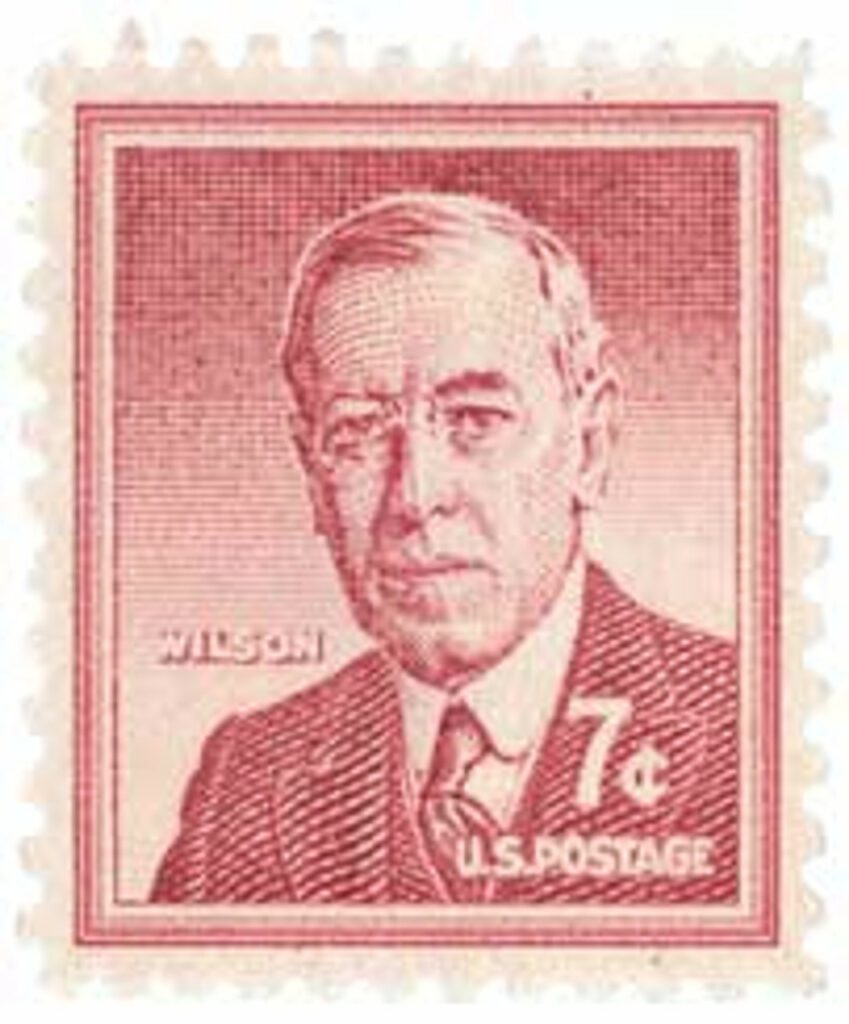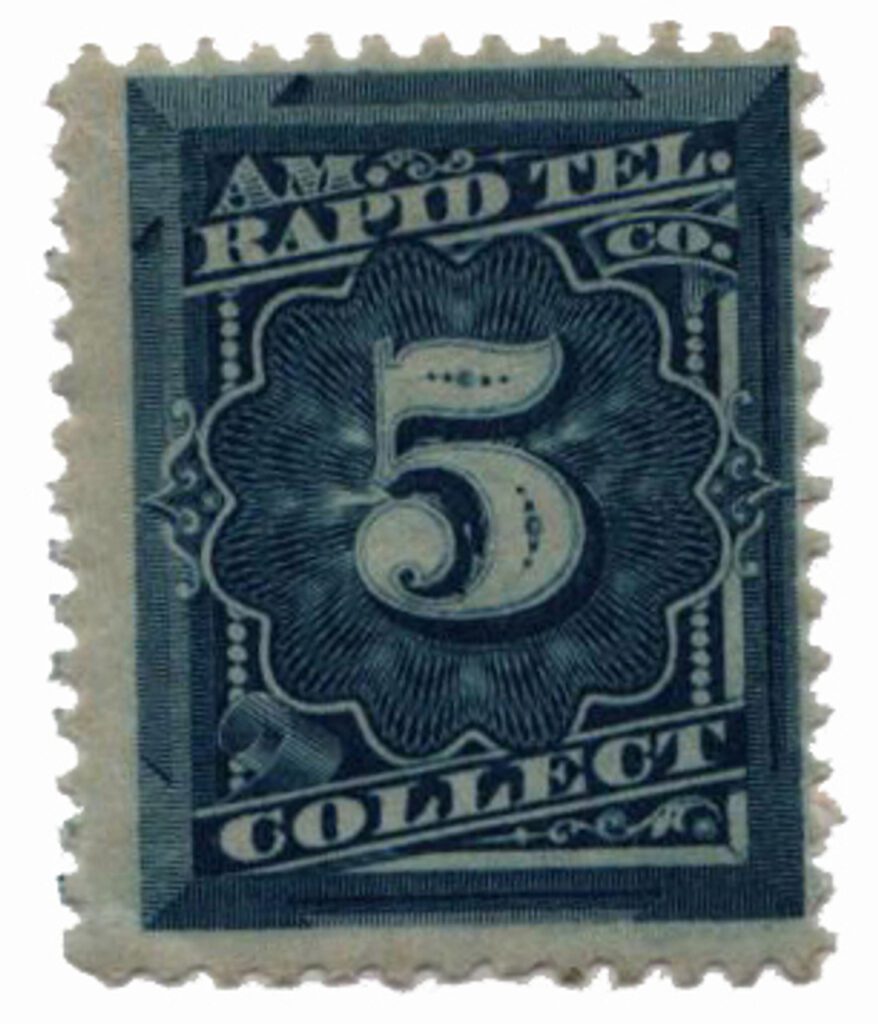On February 24, 1917, British officials shared the Zimmermann Telegram with US President Woodrow Wilson, revealing a German plot to incite a war between the US and Mexico.
Since the start of World War I, Germany hoped to create a war between the US and Mexico to distract the US and slow the shipment of supplies to the Allies. Germans sent weapons and funds to arm the Mexicans, increasing tensions.
Early in 1917, Germany planned to return to unrestricted submarine warfare, which had been halted in 1915 following the sinking of the Lusitania. They knew this would likely draw the US into the war and sought to strike a deal with Mexico. If the US appeared close to entering the war, Mexico would declare war on the US to keep the country out of the Great War. If successful, Germany promised to help Mexico retake its lost territories: Texas, New Mexico, and Arizona.
Arthur Zimmermann sent the proposal by telegram on January 19, 1917. Because the British had cut Germany’s international cables at the start of the war, Germany sent their messages through US cables. President Wilson had agreed to this earlier in the war in the hopes it would aid in peace talks. The main condition was that the messages couldn’t be encoded. In this one instance, the Germans persuaded the US ambassador to allow them to encode their message.
In order for the telegram to reach Mexico, it was sent from the US Embassy in Berlin across the diplomatic cable to Copenhagen and then London, then through a relay station at the westernmost tip of England where the signal was boosted for the trans-oceanic jump. From there it would reach Washington, DC, for relay to the German ambassador in Mexico. All messages that passed through the British relay station were shared with British intelligence and decoded. So the day after the telegram was sent, they partially decoded the telegram and realized what the Germans were proposing.

The British knew that sharing the telegram could sway US public opinion against Germany, but knew the US might doubt its authenticity. They were also concerned that the US would discover the British had been reviewing messages on their cables and that the Germans would realize their code had been broken. As a result, they waited three weeks before taking any further action.
In the meantime, Germany began its unrestricted warfare on February 1 and the German ambassador in Mexico approached the Mexican president with the proposal. The president considered it and had a military commission assess the possibility. In the end, they believed it wasn’t possible or desirable for several reasons. Mexico was already embroiled in civil war, Germany’s promises of financial support were unreliable, and if they were able to take the territories, they would still face a large population of English-speaking people that were likely better armed.
On February 19, the British shared the telegram with an American secretary at the US Embassy in Britain. Once he was convinced it was real, he shared it with the US Ambassador the next day. The ambassador met with the British Foreign Minister on February 23 to go over the evidence of authenticity (the ciphertext and the German and English versions).
Then on February 24, the ambassador sent the message to President Wilson. Days later, on March 1, Wilson had the telegram published in the American press. Initially, many doubted its authenticity, but on March 3, Zimmermann announced at a press conference that it was in fact true. Public opinion quickly swayed against Germany and the US joined the war a month later. Historians consider the decryption of the telegram to be the most significant feat in British intelligence of the war.
Click here to read the decrypted telegram.
| FREE printable This Day in History album pages Download a PDF of today’s article. Get a binder or other supplies to create your This Day in History album. |
Discover what else happened on This Day in History.






Another great history lesson, thank you, Mystic Stamp Co.!
we like the info that accomplices the stamps why R 1st day Issue cancelled in states rather than where it happened
Something I had never heard about before, very interesting!
Interesting that the Mexican President was convinced that the US territories were better armed than the Mexican Army…
Great story, I too had not heard about this bit of intrigue. Thanks for doing an excellent job, keep up the good work
This was a very interesting history lesson about the USA. Very good history lesson. Keep
up the work.
Ah! The web of international intelligence that is intertwined across the globe. There is so much that is unknown to the average person yet is available, in print, if time was taken to attune to something beside the current media flow. Thank you Mystic for a peek into history.
Very interesting read as usual. Your high standards are much appreciated!
“and if they were able to take the territories, they would still face a large population of English-speaking people that were likely better armed.â€
This is why to this day America has not been a viable target for mass invasion. We never really hear about foreign people admitting this fact but it is a fact nonetheless, and one that was foreseen at the inception of our nation! Thanks for another great article mystic!
I had readv of the communication and promise to Mexico by Germany, but never knew that it was called the Zimmerman telegram. It is important to learn things every day.
So similar to current Russian activities. Been going on for a long time.
Smart move to publish the telegram. Bet Mexico was a bit surprised and glad they paused/ passed on this.
As Japan noted in WWII : I fear we have awoken a sleeping giant. ( not a Quota )
Thank you Mystic. All these details that formed History are so fascinating.